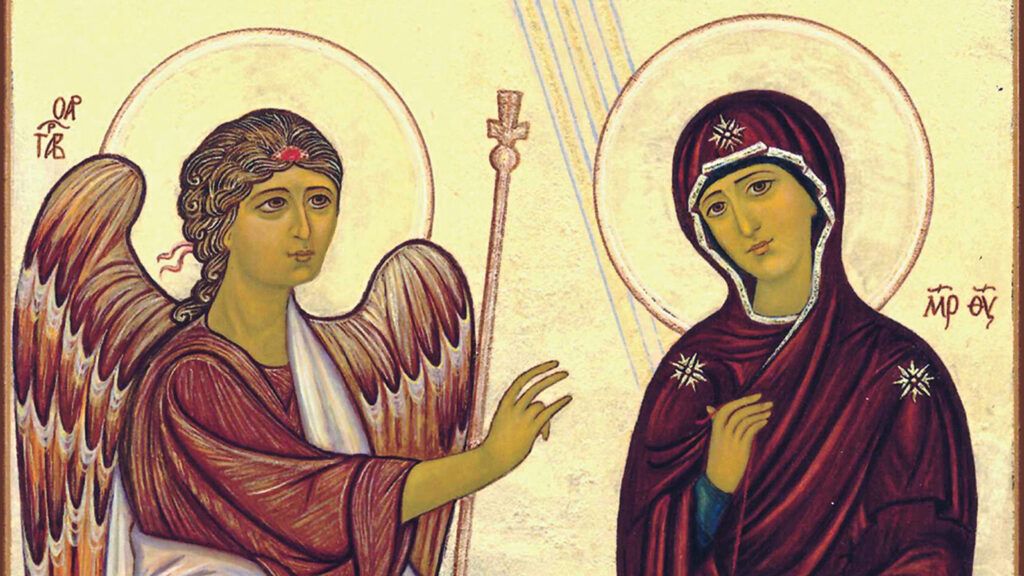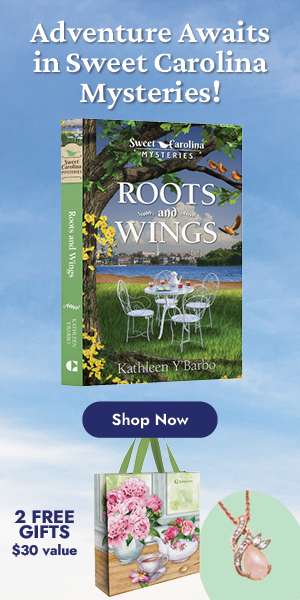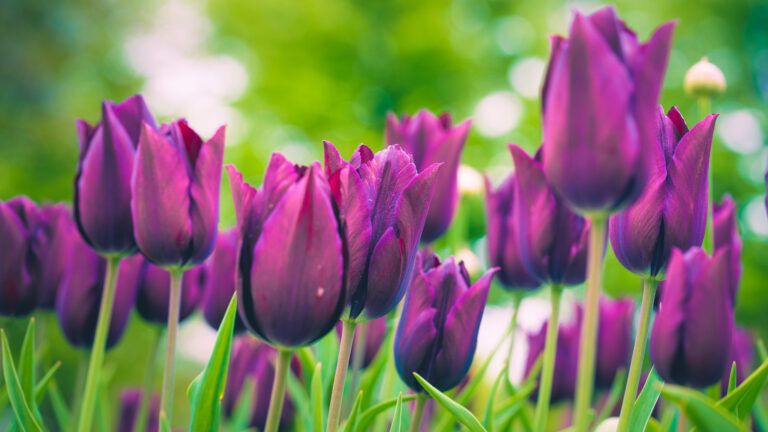I’d been driving for hours. From busy freeways near my home in Seattle suburbia, the thickly wooded landscape of mountain passes had given way to the vast fertile fields of the southeastern part of the state. With no tree in sight, there was a simple beauty to the open vista. Soon I would arrive in Pullman, a place I had never been. The city is home to farms, ranches and Washington State University. I hoped whoever attended my presentation would gain an appreciation of the religious icons I’d painted and carefully packed into tapestry suitcases for a symposium at the local Protestant church.
I was invited through a mutual friend of the church’s pastor to present my icons—my children, as I sometimes refer to the sacred images of saints and Christian historical events, such as the Annunciation and the Nativity. Icons are steeped in religious tradition and are often associated with the Orthodox Church. As a Protestant with a convoluted spiritual history, I feel great joy sharing these windows into heaven with anyone who might be interested. This was the farthest I had ever traveled to present them, and I trusted that God was guiding me as I drove the open highways. Arriving at dusk, I pushed away anxiety and took a deep breath, praying the images would resonate. If even one person was touched by God’s story as portrayed in my icons, the six-hour trip would be worth it.
Iconography, which literally means “writing of images,” has existed in various traditions for centuries. That I’d devoted the past 20 years to sharing my faith through this art form is ironic, to say the least. I grew up in Ottawa, Canada, and while I had a stoic conservative Protestant father and an extroverted liberal Catholic mother, religion wasn’t openly valued in our family. Church provided good child care when my father dropped me off to visit his mother, and I loved it, longing for a God who was bigger than denominations. But in my early teens I grew suspicious of religion. Deep down I remained a truth seeker, although I rejected the idea of a supernatural being who was interested in me personally. Instead I found a certain holiness in nature and sought solace there. When I married years later in a Unitarian church, I chose to omit God’s name from our vows.
I pulled up at my destination after hours of marveling at how God had brought me to this journey. The young, energetic pastor welcomed me warmly, and we got to work on my display. Mounted icon prints were hung on the walls, with accompanying prayers for meditation. I draped tables with maroon cloths and set my original icons on small stands, placing a candle in front of each one to enliven the gold leaf. We agreed to play music, some of my favorites from Valaam Monastery. At home while I paint, chant helps me enter into the spirit of the story I “write” into image.
I’d never forgotten the first icon I saw as a university student in Ottawa. I sat in my art history class, looking forward to learning more about some master of technique, like my favorite painter, Botticelli. Instead the professor put on the large screen an icon of Mary and the Christ Child from the Byzantine era. Compared with Botticelli’s intriguing figures, such as those in his Birth of Venus, the icon looked like a child’s artwork, so simple, with nothing hidden or surprising. The image sunk into my subconscious, however, laying dormant for years. It took a move to Seattle many years later for that experience to bear fruit.
My spiritual rebirth as a Christian happened soon after I became a mother. My emotional shell seemed to crack open. I felt something in my spirit shift and reach out—no longer to the universe, but to a personal God that I now trusted was out there somewhere. I craved the scriptures— simple ones, like those I’d read in the illustrated Bible of my childhood. I joined a nondenominational “Bible church” and discovered an inclusive God who welcomes us home no matter how far we’ve wandered. Even me.
I was reintroduced to icons when I was invited to attend a weekly class at a Byzantine Catholic church in Seattle. Lonely and depressed after moving to a new city, I was drowning in home renovations, my aging mother’s decline back home in Canada, and frequent solo parenting when my husband traveled. I missed my old Bible church and the close friendships I’d developed there. I was hungry for spiritual energy. The class was a godsend.
I learned that iconography differs from other art in that it’s about the essence, not the form. Beauty is not its primary purpose. There are rules for painting icons—the work itself is considered a sacred calling rather than a platform for creative expression. Iconographers do not make up their own images; instead they use prototypes steeped in tradition; they do not sign the front of their paintings, but rather the back, beginning with the words by the hand of. Icons are conduits for sharing God’s love story with the world. Simply, God’s word in pictures.
Working on an icon of the Annunciation had been transformative for me. I prepared the plywood panel with layers of smoothly sanded gesso before tracing on the prototype. I wanted to capture that holy moment when Mary had a choice to make: to be God’s chosen vessel or not. As I worked on the image, the image worked on me; Mary’s eyes looked deeply into mine. “What would you do?” she seemed to ask. Her story of love and loss as a human mother touched me deeply. I wanted to tell her to run away, that being highly favored wouldn’t equal a pain-free life. Hard times were ahead. Mary couldn’t see the big picture, but she trusted God, end of story. Or rather, the beginning.
Now, as I began to share the language of icons with the Protestant community in eastern Washington, I prayed exactly as I had on my drive over, to be effective and do my part. I hoped the icons would minister to others, as they had to me. Many people showed up, quietly considering the new images with gentle wonder. Afterward a woman approached to speak with me, pausing to find her words. “I have Catholic relatives who I could never relate to,” she told me. “Now I feel like I finally understand them more.” Spiritual seekers of every stripe—the icons are “written” for us all.
For more angelic stories, subscribe to Angels on Earth magazine.






